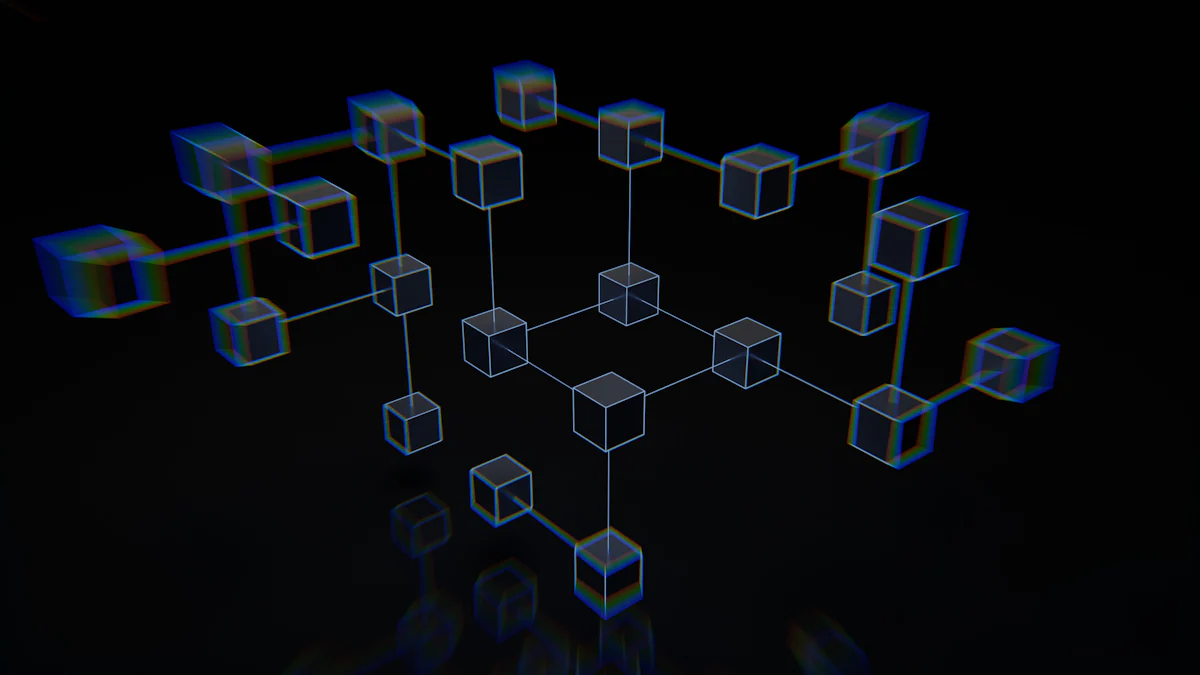The Future of Blockchain: Cross-Chain Interoperability

Introduction
Blockchain technology has been making waves in various industries, and its potential for revolutionizing the way we conduct transactions is undeniable. However, the blockchain industry is not without its challenges. One of the biggest obstacles to widespread adoption of blockchain technology is the issue of cross-chain interoperability. Cross-chain interoperability refers to the ability of different blockchains to communicate with each other seamlessly. Currently, most blockchains operate in isolation from one another, which limits their functionality and usefulness. Decentralized digital identity solutions are also emerging as a critical trend in the blockchain industry. These solutions aim to provide users with control over their digital identities while ensuring privacy and security. In this blog post, we will explore these two emerging trends in more detail and discuss their importance for the future of blockchain technology.
Benefits of Cross-Chain Interoperability
Blockchain technology has revolutionized the way we think about data storage and security, but it is not without its limitations. One of the biggest challenges facing the blockchain industry today is cross-chain interoperability - the ability for different blockchains to communicate with each other seamlessly. Cross-chain interoperability is crucial for the growth and adoption of blockchain technology, as it allows for greater flexibility and scalability.
There are several benefits to cross-chain interoperability. First and foremost, it enables the transfer of assets between different blockchains. This means that users can move their digital assets from one blockchain to another without having to go through a centralized exchange or third-party service provider. This not only saves time and money, but also reduces the risk of fraud or theft.
Another benefit of cross-chain interoperability is increased collaboration between different blockchain projects. By enabling communication between different blockchains, developers can work together on shared projects and create more innovative solutions. This can lead to faster development times and better overall outcomes.
However, achieving cross-chain interoperability is not without its challenges. One of the main technical challenges is standardization of protocols and interfaces. Different blockchains use different protocols and interfaces, which makes it difficult for them to communicate with each other. To overcome this challenge, developers are working on creating standardized protocols that can be used across multiple blockchains.
Another challenge is developing bridging mechanisms and middleware that can facilitate communication between different blockchains. These mechanisms need to be secure, reliable, and scalable in order to ensure that they can handle large volumes of transactions.
Finally, smart contract interoperability is another important aspect of cross-chain interoperability. Smart contracts are self-executing contracts that automatically execute when certain conditions are met. In order for smart contracts to work across multiple blockchains, they need to be able to communicate with each other seamlessly.
Benefits of Decentralized Digital Identity Solutions
Decentralized digital identity solutions are becoming increasingly important in the blockchain industry due to their potential to address issues related to data privacy and security. With traditional identity systems, users often have limited control over their personal information and are vulnerable to data breaches, identity theft, and other forms of cybercrime. Decentralized digital identity solutions offer a more secure and user-centric approach to identity management.
One of the main technical challenges facing decentralized digital identity solutions is integration with existing identity systems and standards. Many organizations already have established identity systems in place, such as usernames and passwords or social media logins. Decentralized digital identity solutions need to be able to seamlessly integrate with these systems in order to gain widespread adoption.
To address this challenge, developers are working on developing decentralized identity protocols and frameworks that can be easily integrated with existing systems. These protocols would allow users to create a decentralized identifier (DID) that they can use across different platforms without having to create multiple accounts or remember multiple passwords.
Another technical challenge facing decentralized digital identity solutions is the implementation of robust verification and attestation mechanisms. In order for these solutions to be effective, they need to be able to verify that users are who they claim to be while also protecting their privacy. This requires the development of sophisticated cryptographic algorithms that can ensure both security and privacy.
To address this challenge, developers are exploring different verification methods such as biometric authentication or multi-factor authentication. They are also working on developing attestation mechanisms that can provide additional assurance about a user's identity without revealing any unnecessary personal information.
Conclusion
The emerging trends of cross-chain interoperability and decentralized digital identity solutions have the potential to revolutionize the blockchain industry. The benefits of these trends include increased scalability, improved security, and enhanced privacy. However, there are also challenges that must be overcome, such as technical complexity and regulatory compliance.
Looking ahead, it is clear that cross-chain interoperability and decentralized digital identity solutions will play a critical role in shaping the future of blockchain technology. As more businesses and developers adopt these trends, we can expect to see new use cases emerge and existing ones evolve.
For businesses interested in adopting these trends, it is important to stay up-to-date with the latest developments and collaborate with industry experts to ensure successful implementation. Developers can also benefit from participating in open-source communities and contributing to the development of cross-chain protocols and decentralized identity solutions.
In conclusion, cross-chain interoperability and decentralized digital identity solutions represent significant advancements in the blockchain industry. By addressing key challenges such as scalability, security, and privacy, these trends have the potential to unlock new opportunities for innovation and growth. As we move forward into an increasingly interconnected world, it is essential that we continue to explore and embrace emerging technologies like cross-chain interoperability and decentralized digital identity solutions.
